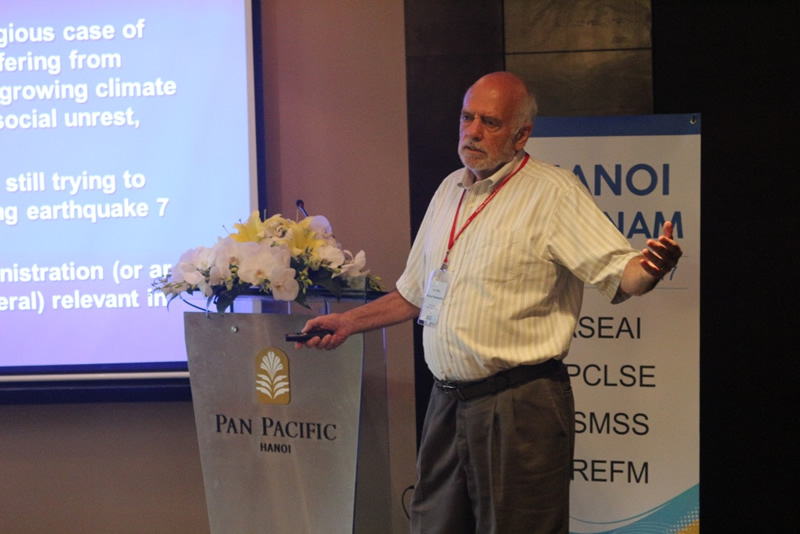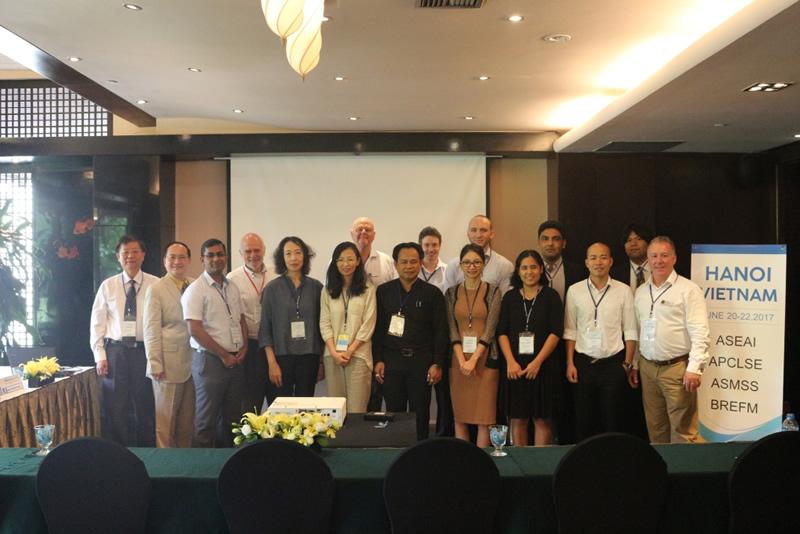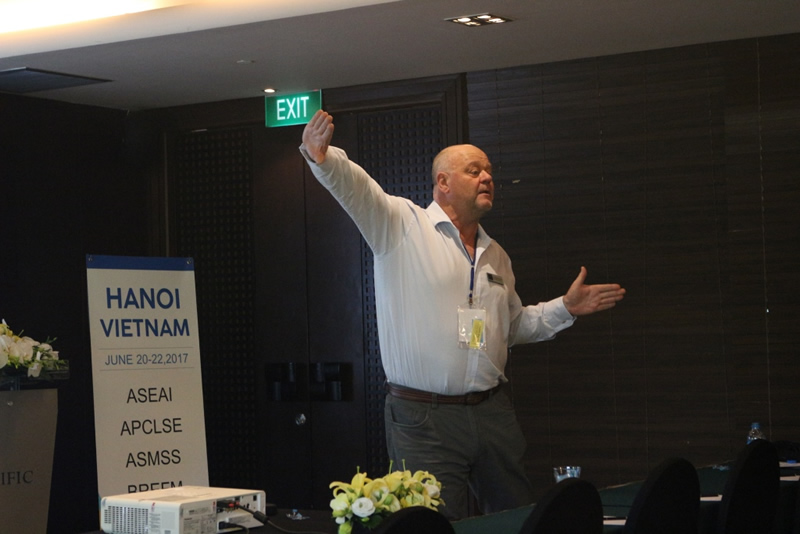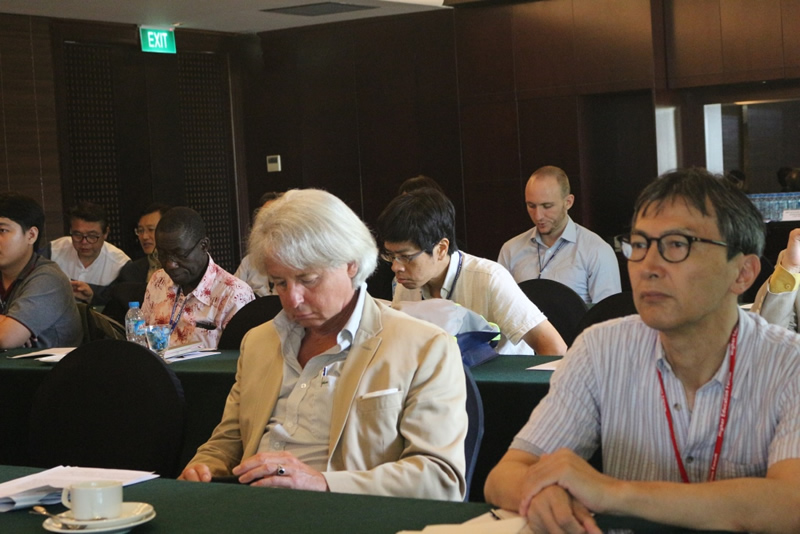Topic: Are You (or Your Students) Foreigner-Phobic? 5 “ESL/EFL/ELL” Ways To Find Out and Address The Problem!Abstract:
I am Dr. Joy K. Rodriguez, an English Language Educator, who travels worldwide, teaching Non-Native Speakers (NNS) “how to speak and practice English” with Native Speakers (NS or Foreigners).
Because Technology is such an integral part of all of our lives these days, I, strategically, use multi-media tools (including: the Internet, movies, music, realia, etc) to REACH and TEACH. I still teach all the required pedagogical components of Language Learning (grammar, vocabulary, TEST-PREP, etc), but with a “conversational” emphasis on (1) Phrasal Verbs, (2) Slang or Jargon, and (3) Idioms, for “natural” speaking, better pronunciation, and fluency!
If you’re a Non-Native Speaker (NNS) or Teacher, then you know, first-hand, how daunting it can be to not only learn a new language, but to speak it. Foreign Language Anxiety (Xenoglossophobia) is one part of this communication problem, but, another, rarely discussed, part is what I’ve coined, “foreignerphobia”. Foreignerphobia is “an extreme fear of speaking to or with Native Speakers (foreigners)” in their native language (L1).
This Keynote presentation reviews 3 types of NNS ANXIETY: Trait, Situation-Specific and State. I will also discuss (based on research results) some reasons WHY NNS may feel foreigner-phobic. I will provide you with The “Movies&Music” Class examples to show you how to help your students MINIMIZE or OVER-COME this “conversation-crippling” problem (plus, introduce the ingredients of a ForeignerThon) … all easily implementable Teaching and Learning tools.
Statement of the Problem:
ConversationsCamp is my professional contribution to “encouraging ESL/EFL/ELL conversations and reducing foreignerphobia”, which (based on my research) ranges from:
Competence/Confidence Issues to Performance Anxiety. When you couple these issues with actual “practice” requirements, so much “speaker insecurity” reveals itself. For example: Once NNS students learn the English GRAMMAR, VOCABULARY and ROTE EXERCISES that we “are required to” teach them, then what? At some point, they’ll, actually, have to “practice” speaking their second or foreign language (L2), and, possibly, with Native Speakers (NS) of that language … Yikes!!
Cross-Cultural Issues:
Many cultures, particularly throughout Asia, do not aggressively “initiate” or “engage” in direct contact with Foreigners unless necessary, so the mere thought of speaking to or with one can paralyze their language learning efforts, if left unaddressed.
RESEARCH AND MEASURABLE RESULTS:
I have conducted (over the past year) an EXPERIENTIAL and SCIENTIFIC study of 250 University Students in Beijing and Dubai (at the beginning of the Semester) while tracking their “ForeignerThon” progress (at the end of the Semester), with these measurable results. Ninety-Two (92%), successfully, completed their ForeignerThon requirements, while the remaining 8% shared their own self-imposed reasons for not being able to do so.
In Conclusion
If you’re a Non-Native Speaker (NNS) or Teacher, it’s critical to not just ‘learn or teach’ your new language but to overcome any obstacles to speaking it. This presentation offers measurable solutions. You will learn how to create your own “ForeignerThon” and some of The “Movies&Movies” Class ideas that are, easily, customizable for your existing curriculum.
Won’t you join me in this “exciting” ESL/EFL/ELL challenge? … Let’s create and connect a global “community of conversations” … by addressing “foreignerphobia” in Non-Native Speakers.






